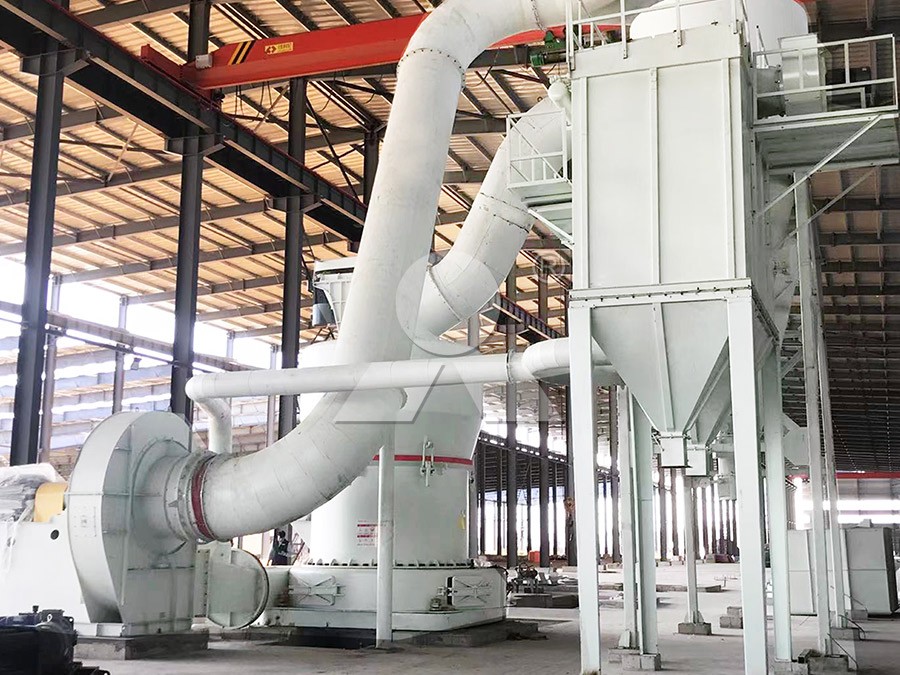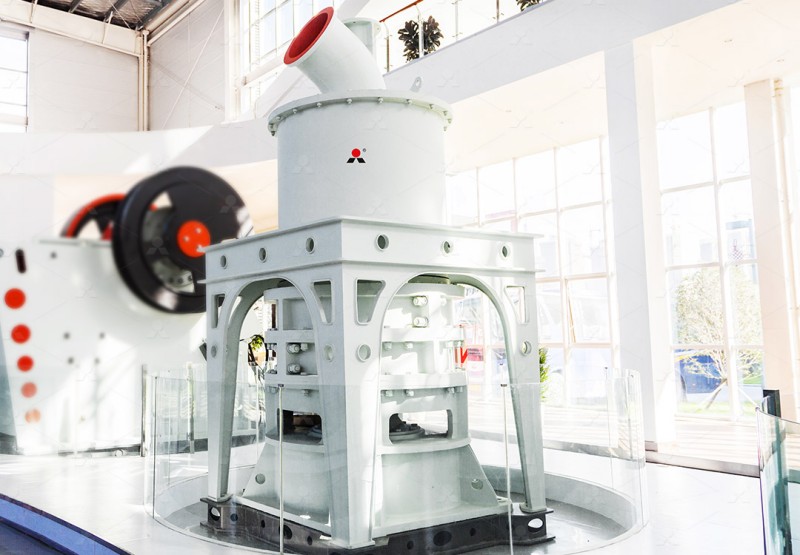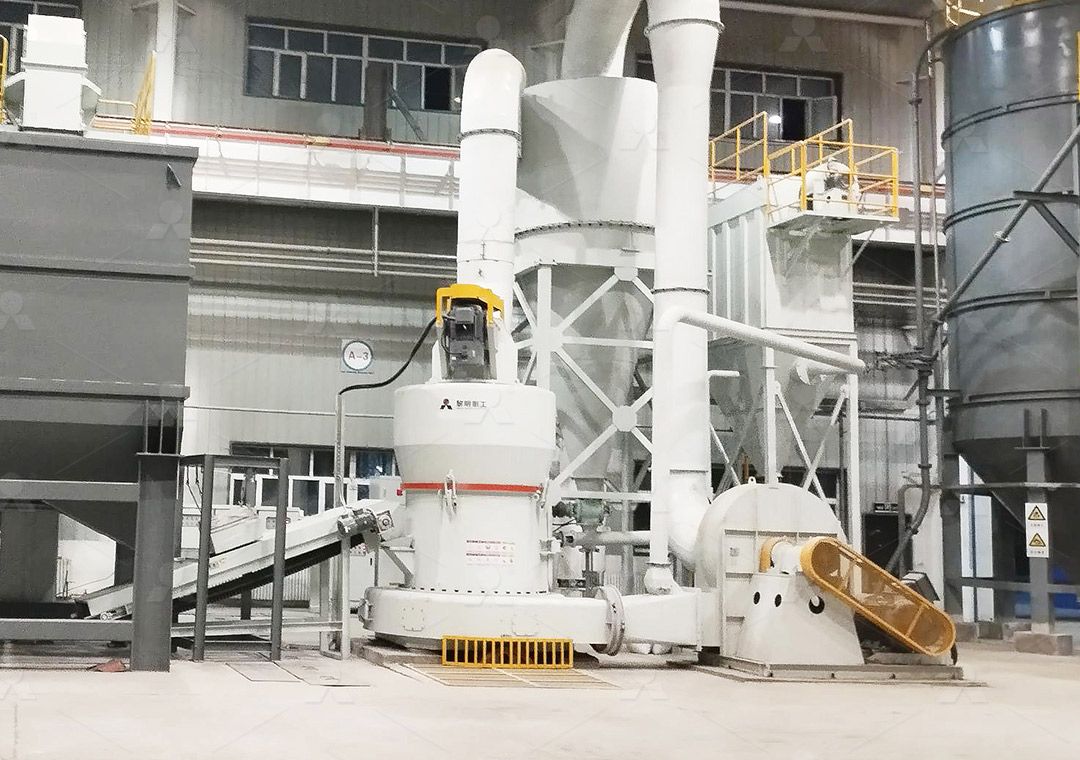How to Process Coal Gangue into Fly Ash with Industrial Grinding Mills
Transforming Industrial Waste into Valuable Resources
The mining industry generates substantial amounts of coal gangue, a byproduct traditionally considered waste material. However, with advanced grinding technology, this industrial residue can be transformed into high-quality fly ash suitable for various applications in construction and manufacturing. The conversion process requires specialized equipment capable of handling the abrasive nature of coal gangue while achieving the precise fineness required for commercial fly ash.

The Grinding Process: From Raw Material to Commercial Product
Processing coal gangue into fly ash begins with proper material preparation. The raw coal gangue should first be crushed to a manageable size, typically below 20mm, to ensure efficient grinding operation. The prepared material then enters the grinding system where it undergoes multiple stages of size reduction and classification. The key to successful conversion lies in achieving consistent particle size distribution while maintaining control over the final product’s chemical and physical properties.
Modern grinding systems incorporate advanced separation technologies that allow precise control over the final product fineness. This is particularly important for fly ash applications where particle size directly affects performance in concrete mixtures and other industrial applications. The grinding process must also address the potentially abrasive nature of coal gangue, requiring robust equipment design and wear-resistant components.
Recommended Equipment: MW Ultrafine Grinding Mill
For operations requiring high-precision fly ash production from coal gangue, we recommend our MW Ultrafine Grinding Mill. This advanced system is specifically engineered to handle the challenges of coal gangue processing while delivering exceptional product quality. With an input size capacity of 0-20 mm and production rates ranging from 0.5 to 25 tph, this machine offers the flexibility needed for various production scales.
The MW Ultrafine Grinding Mill stands out for its innovative design features that directly benefit coal gangue processing. The absence of rolling bearings and screws in the grinding chamber eliminates common failure points when processing abrasive materials. Additionally, the German-designed cage-type powder selector enables precise fineness adjustment between 325-2500 meshes, ensuring the final fly ash product meets strict industry specifications.

Environmental Considerations and Efficiency
Converting coal gangue to fly ash addresses significant environmental concerns by repurposing industrial waste. The MW Ultrafine Grinding Mill supports this eco-friendly approach through its integrated pulse dust collector and muffler system, which minimizes dust emissions and reduces operational noise. The complete grinding system operates under negative pressure, preventing material leakage and ensuring a clean working environment that complies with international environmental standards.
Energy efficiency represents another critical advantage of modern grinding systems. Compared to traditional grinding methods, the MW Ultrafine Grinding Mill reduces energy consumption by approximately 30-40% while increasing production capacity by up to 40% over jet grinding mills. This combination of environmental responsibility and operational efficiency makes coal gangue processing both economically viable and sustainable.
Alternative Solution: LUM Ultrafine Vertical Grinding Mill
For operations with stricter space constraints or different production requirements, our LUM Ultrafine Vertical Grinding Mill presents an excellent alternative. This compact system handles input sizes up to 10mm with capacities ranging from 5-18 tph. Its unique roller shell and lining plate grinding curve design promotes efficient material layer formation, enabling high finished product rates through single-pass milling.
The LUM mill incorporates double position-limiting technology that ensures operational stability even when processing variable quality coal gangue. The reversible structure simplifies maintenance operations, allowing quick access to grinding components for inspection and replacement. This feature significantly reduces downtime, enhancing overall operational efficiency in continuous production environments.

Frequently Asked Questions
What is the typical production capacity for coal gangue to fly ash conversion?
Production capacity varies depending on the specific grinding equipment and desired fineness. Our MW Ultrafine Grinding Mill processes 0.5-25 tph, while the LUM Ultrafine Vertical Grinding Mill handles 5-18 tph. The optimal capacity depends on your raw material characteristics and final product requirements.
How does the grinding process affect fly ash quality?
The grinding process directly influences particle size distribution, shape, and chemical properties. Our grinding mills with advanced separation technology ensure consistent product quality that meets industry standards for fly ash in construction applications.
What maintenance considerations are important for coal gangue grinding?
Coal gangue’s abrasive nature requires robust equipment design. Our MW and LUM mills feature specialized wear-resistant materials and accessible maintenance points to minimize downtime. The absence of rolling bearings in the grinding chamber of the MW mill particularly reduces maintenance needs.
Can the same equipment process other materials besides coal gangue?
Yes, both recommended mills handle various materials including limestone, calcite, dolomite, and other non-metallic minerals. This versatility allows operations to process different materials as market demands change.
How does the environmental performance of these grinding systems compare to traditional methods?
Our grinding systems incorporate comprehensive dust collection and noise reduction technologies that significantly outperform traditional mills. The closed-system design with efficient pulse dust collectors ensures minimal environmental impact during operation.
